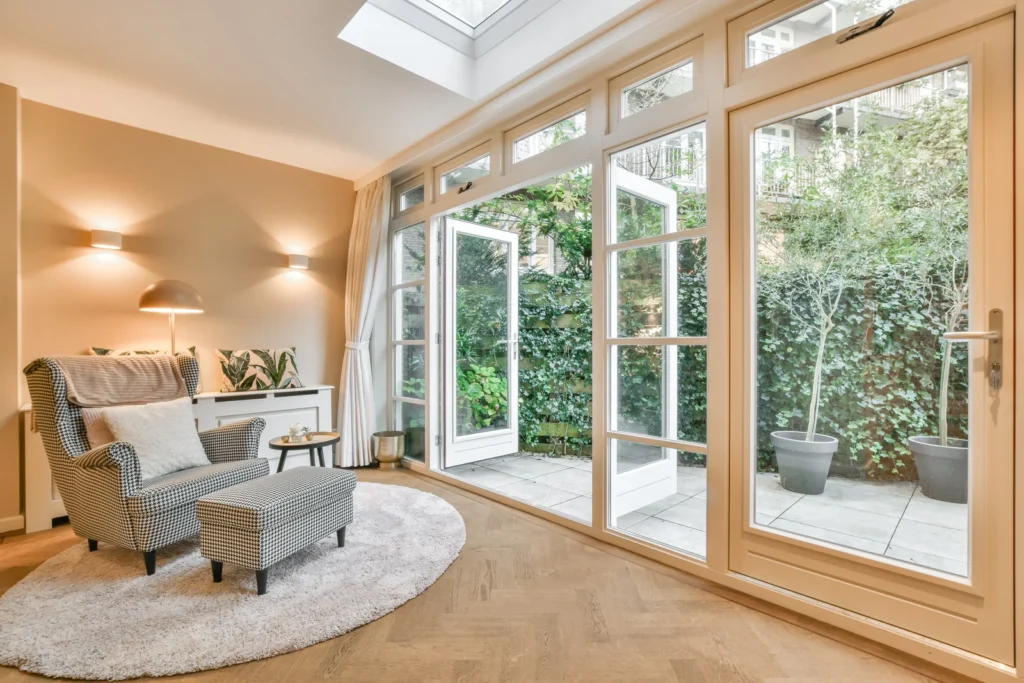Transitional interior design is a popular style that blends the best of modern and traditional elements to create a balanced, timeless look. This approach to design offers a perfect mix of comfort and sophistication, making it a favorite for homeowners who appreciate both classic and contemporary styles. In this article, we’ll explore the key elements of transitional interior design and provide practical tips to help you achieve this stylish look in your home.
What is Transitional Interior Design?
Transitional interior design is all about balance. It combines the clean lines and simplicity of modern design with the warmth and elegance of traditional decor. This style is versatile and adaptable, making it suitable for various tastes and preferences. By blending these two distinct styles, transitional design creates spaces that feel both fresh and timeless.
Key Element 1: Neutral Color Palette
A neutral color palette is a cornerstone of transitional design. Using shades of white, beige, gray, and soft browns creates a calm and inviting atmosphere.
- Examples: Consider painting your walls in soft beige or light gray. Use white or cream for larger furniture pieces, such as sofas and armchairs.
- Tips: Incorporate these neutral tones into your decor with throw pillows, rugs, and curtains to maintain a cohesive look.
Key Element 2: Simple and Clean Lines
Transitional design emphasizes simple, clean lines. This approach keeps spaces uncluttered and elegant.
- Examples: Choose furniture with straight edges and minimalistic designs. Opt for tables, chairs, and cabinets with sleek profiles.
- Tips: Avoid overly ornate pieces. Instead, focus on furniture and decor that have a straightforward and streamlined appearance.
Key Element 3: Balanced Blend of Modern and Traditional
Achieving a harmonious mix of modern and traditional elements is crucial in transitional design. The goal is to create a cohesive look that integrates both styles seamlessly.
- Examples: Pair a modern sofa with a classic wooden coffee table. Mix contemporary art with traditional lighting fixtures.
- Tips: Ensure that the mix of styles feels balanced. Avoid allowing one style to overpower the other, and use common elements like color and texture to tie the room together.
Key Element 4: Use of Textures and Layers’
Incorporating various textures and layers adds depth and interest to transitional interiors. This helps to create a rich, inviting environment.
- Examples: Combine smooth leather with rough linen, or pair a sleek glass table with a textured wool rug.
- Tips: Use different materials and finishes to create contrast and visual interest. Layering fabrics and materials will enhance the overall look and feel of your space.
Key Element 5: Statement Pieces and Accents
Statement pieces and accents are vital in transitional design. They add character and can serve as focal points in your decor.
- Examples: A bold piece of artwork, a unique chandelier, or a striking piece of furniture.
- Tips: Choose a few standout items that reflect your personal style and incorporate them into your design. These pieces should draw attention and complement the overall aesthetic.
Conclusion
Transitional interior design is a perfect blend of modern and traditional styles, offering a timeless and balanced look for your home. By embracing a neutral color palette, simple and clean lines, a balanced mix of styles, varied textures and layers, and carefully selected statement pieces, you can create a space that is both stylish and comfortable. Start incorporating these elements into your home today and enjoy the best of both worlds in your interior design.
Ready to transform your home with transitional design? Share your results with us or contact us for personalized design services. Let’s create a space that reflects your unique style and offers timeless appeal!



